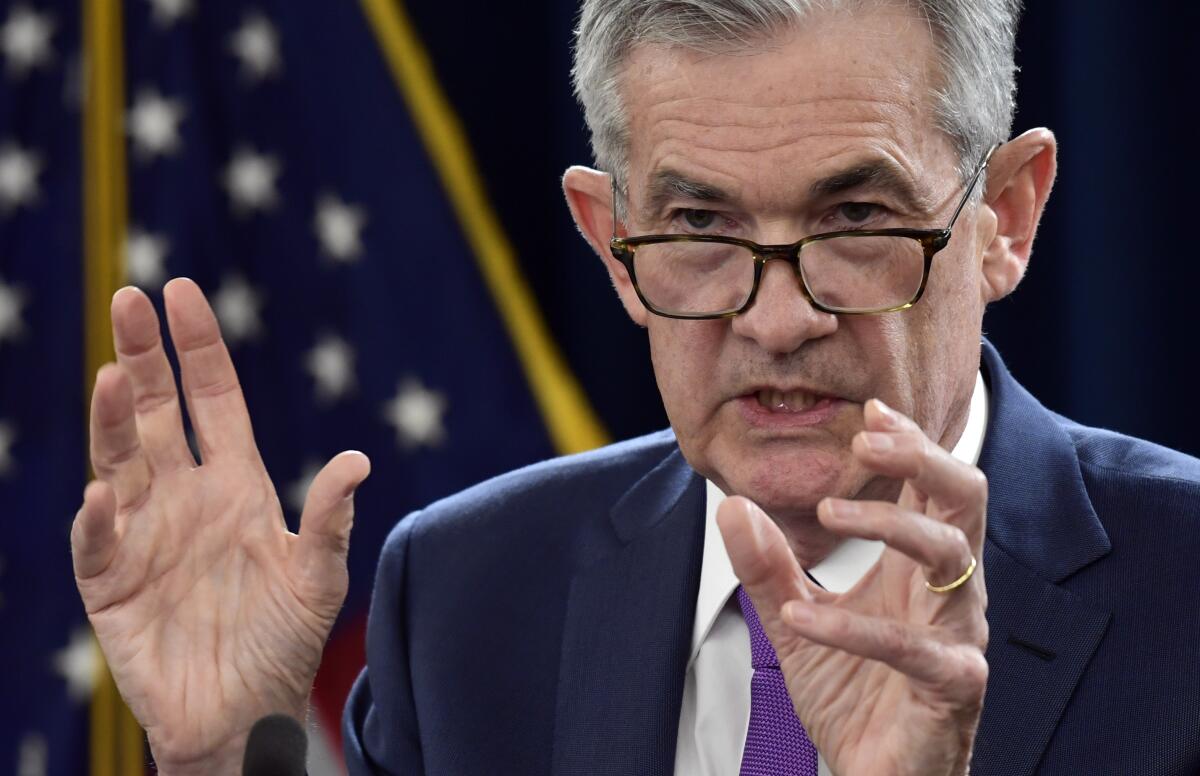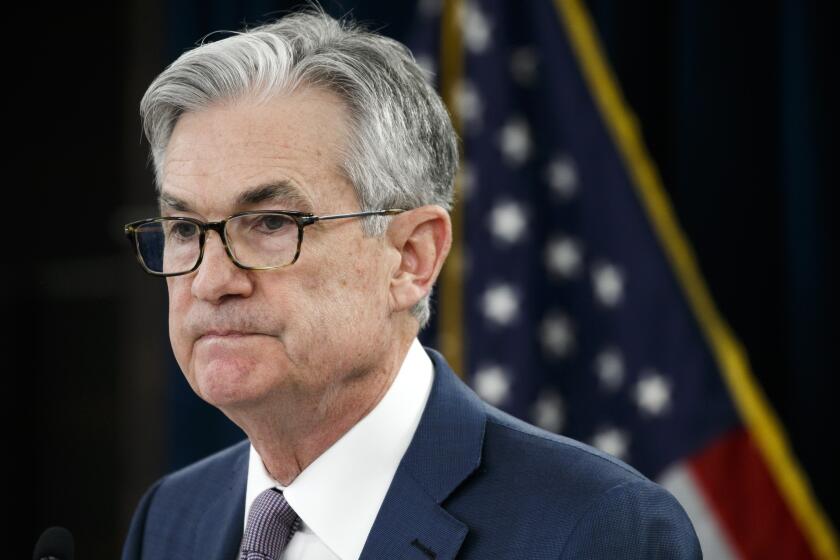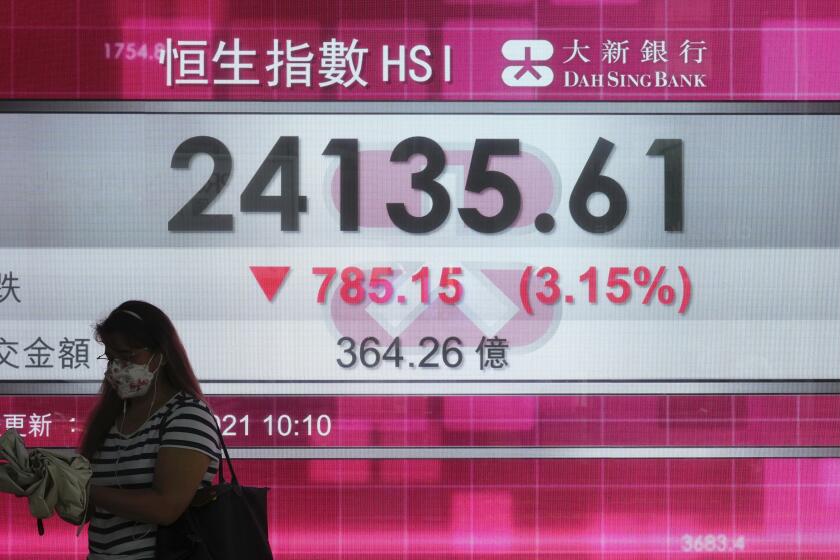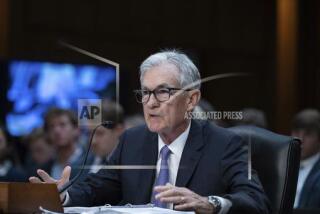Despite Delta variant slowing growth, Federal Reserve signals plans to start reversing some stimulus programs

WASHINGTON — Despite a still-menacing pandemic and a cascade of other domestic and international threats to the U.S. economy, Federal Reserve policymakers on Wednesday expressed confidence in the recovery and said they could soon start withdrawing stimulus programs supporting financial markets and the economy.
Fed officials, however, were split in their thinking about when they would start raising interest rates, with about half predicting liftoff next year and the other half in 2023.
The Fed’s decisions were broadly welcome in the business community, with stocks rising after days of losses.
Nonetheless, Fed policies showed the limitations of the central bank’s weapons for attacking the economic problems of less affluent, less well-educated and less highly skilled Americans. And the sagging incomes and COVID-related job losses of that segment of the population remain a major drag on recovery.
Low interest rates, supporting prices of stocks and bonds, and other staples of central bank monetary policy make it cheaper and easier for companies to expand their operations and for startups to try new ventures.
That in turn can gradually open the way for new jobs and other opportunities, often for the well-educated and highly skilled segment of the population, much of which has largely avoided the economic damage inflicted by the pandemic.
But monetary policy has proved to have only indirect and slow-acting effect on the less affluent segments of the population, including Black and Latino Americans whose unemployment rates are considerably higher.
“We have famously broad and blunt tools,” said Jerome H. Powell, the Fed’s chairman, speaking at a virtual news conference Wednesday. “I think eliminating inequality and racial discrimination and racial disparities and that kind of thing is really something that fiscal policy and other policies frankly — education policies and that kind of thing — are better at focusing on.”
Fed officials, at the conclusion of their two-day meeting, kept their main interest rate near zero, where it has been since the pandemic hit the U.S. in March 2020.
The Fed had been contemplating plans to start reversing its nontraditional stimulus program — large-scale government bond purchases meant to spur lending and investment. Some officials have wanted a faster withdrawal in response to higher inflation.
On Wednesday, the Fed said moderating those bond purchases “may soon be warranted,” which analysts interpreted as probably occurring later this fall.
At the top of Fed officials’ concerns is the virulent Delta variant of the coronavirus, which appears to be slowly trending down in terms of new cases but has hit parts of the country very hard. Overall the variant has damped consumer sentiment and economic activity, including hiring.
Adding to policymakers’ worries are uncertainties over the perennial Washington problem of the debt limit, which could lead to a U.S. government default by the end of October if the U.S. Treasury is unable to borrow more and can’t pay its bills.
That’s never happened, and chances are that lawmakers won’t allow such a catastrophic event to occur now. But in the past, even taking it close to the wire has been costly to markets and the economy.
Wall Street rallied Friday after the Fed said it’s still far from pulling interest rates off the record low that’s helped markets soar, even if it does begin dialing back support for the economy this year.
Investors also have been anxious about how China will deal with the world’s most-indebted property developer, Evergrande, and the potential damage to global financial markets if it should default on repaying billions of dollars in loan debts.
The private company’s travails have sparked protests in China and reflect Beijing’s decision to move away from an economic model based on growth through real estate development. In its place, Beijing has moved toward policies that would foster more productive and sustained growth in other areas of China’s economy.
But the new strategy, partly reflecting its desire to be less reliant on U.S. and Western technologies, is certain to cause short-term pain and will probably slow China’s growth, which will be felt broadly as China is the world’s second-largest economy.
Moreover, the U.S. economy is still struggling with supply bottlenecks and various hiring constraints, adding to inflationary pressures — all as support from the massive COVID-19 federal relief program is ebbing.
Fed officials, in their policy statement Wednesday, focused on the Delta variant, saying: “Progress on vaccinations will likely continue to reduce the effects of the public health crisis on the economy, but risks to the economic outlook remain.”
The Fed, like most private analysts, marked down economic growth for this year. It now expects gross domestic product to expand 5.9% this year, from 7% in its June projections. Its GDP growth forecast for 2022, however, was raised to 3.8%, compared with 3.3% earlier.
The Fed also tempered the expected progress in lowering unemployment. It now sees the jobless rate at 4.8% at the end of the year, whereas its previous forecast was 4.5%. The latest unemployment rate, for August, was 5.2%.
Despite the array of challenges, the economy has some important things going for it. There were 10.9 million job openings at the end of July, by far the highest number recorded by the Labor Department.
U.S. stocks had their biggest drop since May as traders worried about potential ripple effects if a heavily indebted Chinese real estate company defaults and the likelihood that the Federal Reserve will signal that it will pull back its supports for markets and the economy
That suggests employers expect consumer demand to be strong, and although businesses are struggling to recruit workers — due to lack of child care, COVID-19 concerns and early retirements, among other factors — analysts expect most of the openings to be filled over time.
Another plus for the economy is the enormous amount of savings accumulated by households over the last 18 months of the pandemic. Moody’s Analytics estimates excess savings at around $2.4 trillion as of the first quarter.
Most of that is held by higher-income households, but the extra cushion has sustained many people without jobs and means there’s a large reservoir of cash available to support spending in the future, especially if consumers feel more comfortable going out and traveling.
More to Read
Get the L.A. Times Politics newsletter
Deeply reported insights into legislation, politics and policy from Sacramento, Washington and beyond. In your inbox three times per week.
You may occasionally receive promotional content from the Los Angeles Times.













